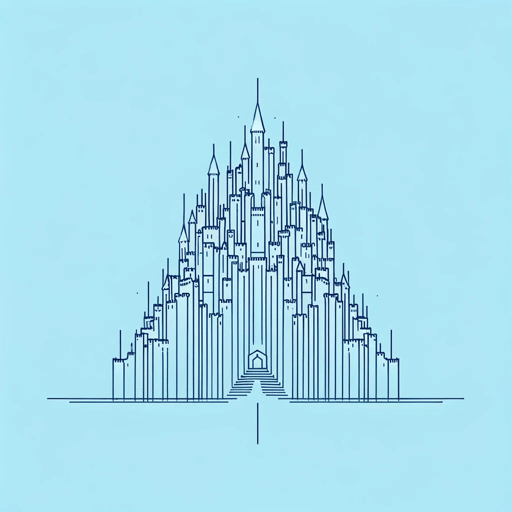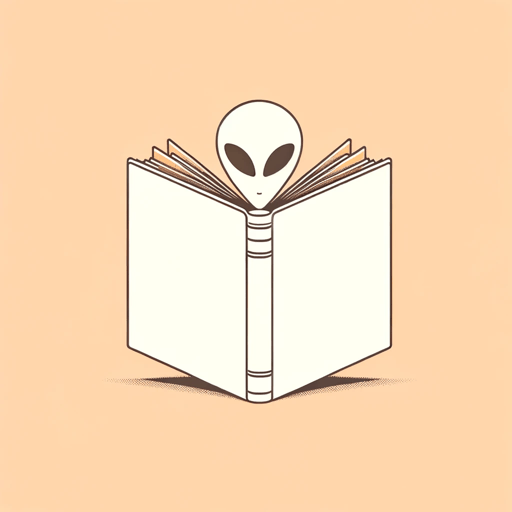22 pages • 44 minutes read
Philip K. DickThe Eyes Have It
Fiction | Short Story | Adult | Published in 1953A modern alternative to SparkNotes and CliffsNotes, SuperSummary offers high-quality Study Guides with detailed chapter summaries and analysis of major themes, characters, and more.
Story Analysis
Analysis: “The Eyes Have It”
The absurd take on the alien invasion motif in “The Eyes Have It” demonstrates the limits of science to explain the totality of reality. In terse, nonfigurative language, Dick examines an ordinary character who is unable to distinguish figurative from nonfigurative language. The results of this misreading are paranoia—which is a hallmark of both science fiction and postmodern literature—alienation, and acedia, or moral laziness. Single-minded, the narrator/the reader is in the domestic space of his home and his family, but his reading distracts him from their presence. Convinced by his reading that an alien species has invaded, infiltrated, and colonized some part of Earth, he reads a paperback novel as though it were a scientific monograph.
“The Eyes Have It” presents, in short form, a fragmented mind; desperate to find meaning, the narrator settles on an absurd misreading of reality. An ironic aspect of this particular piece is that it requires its readers to do an accurate job of interpretation in order to compensate for the narrator’s inability to do so. Despite its brevity, this story offers possibilities for multiple levels of interpretation.
“The Eyes Have It” explores the limitations of both science and the arts—represented here by a paperback book—as ways of acquiring knowledge.
Related Titles
By Philip K. Dick

A Scanner Darkly
Philip K. Dick

Do Androids Dream of Electric Sheep
Philip K. Dick

I Hope I Shall Arrive Soon
Philip K. Dick

The Man In The High Castle
Philip K. Dick

The Minority Report
Philip K. Dick

The Three Stigmata of Palmer Eldritch
Philip K. Dick

Ubik
Philip K. Dick

We Can Remember It for You Wholesale
Philip K. Dick

